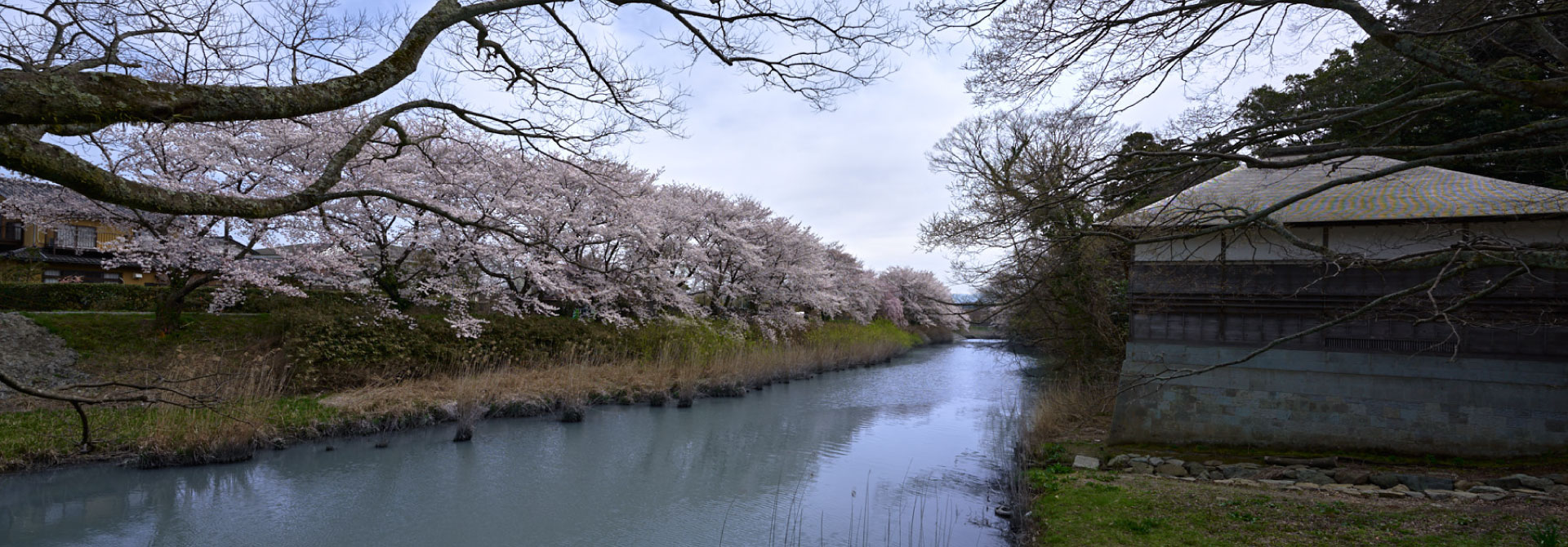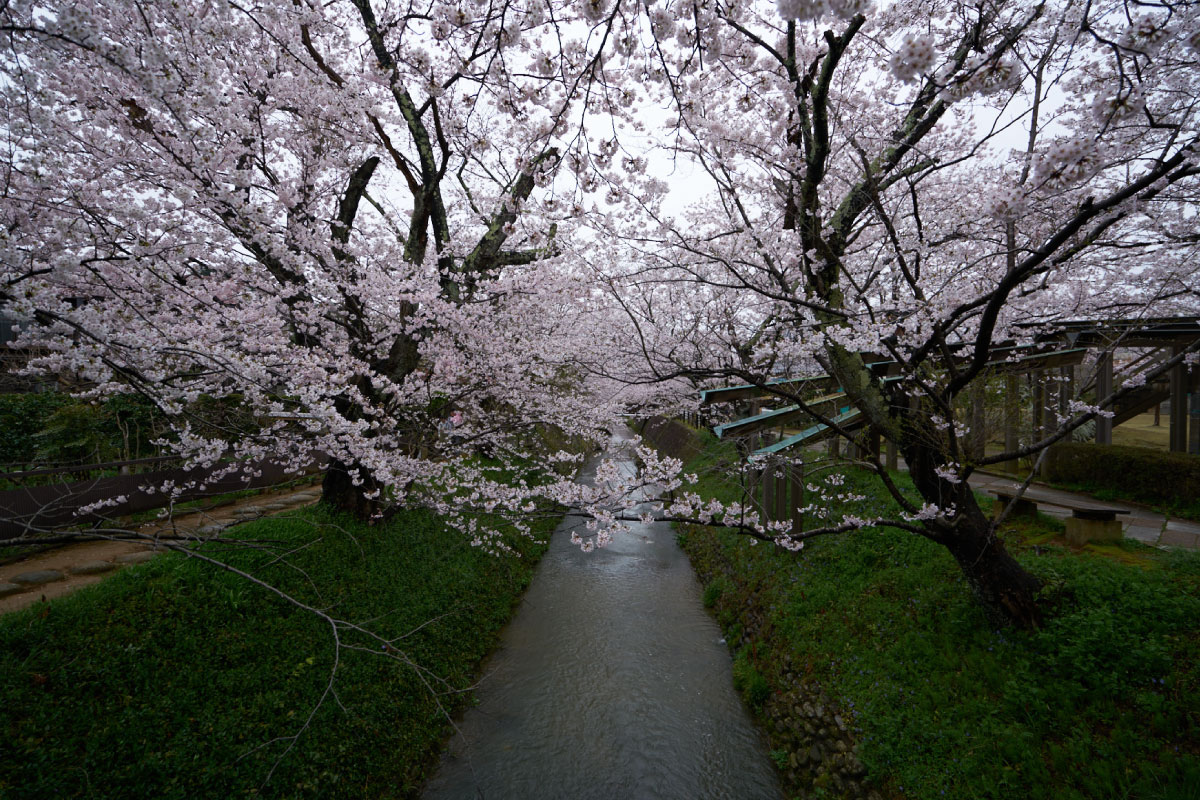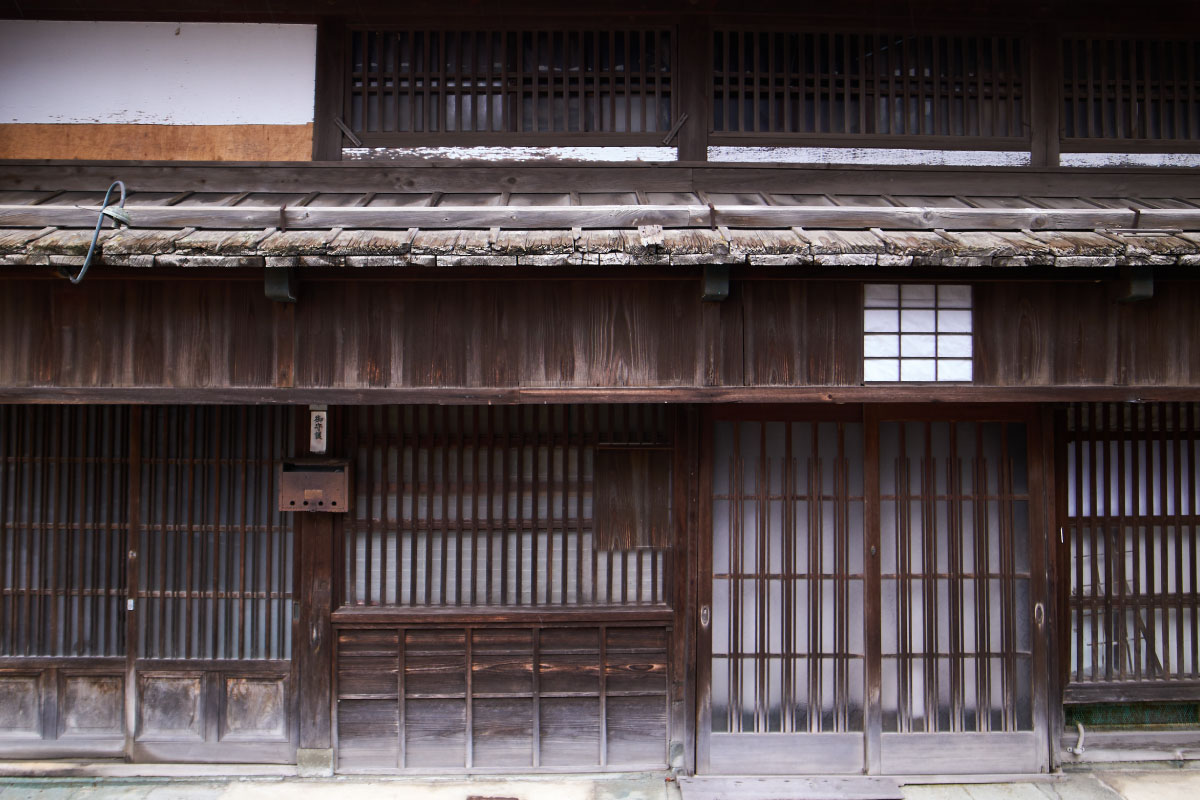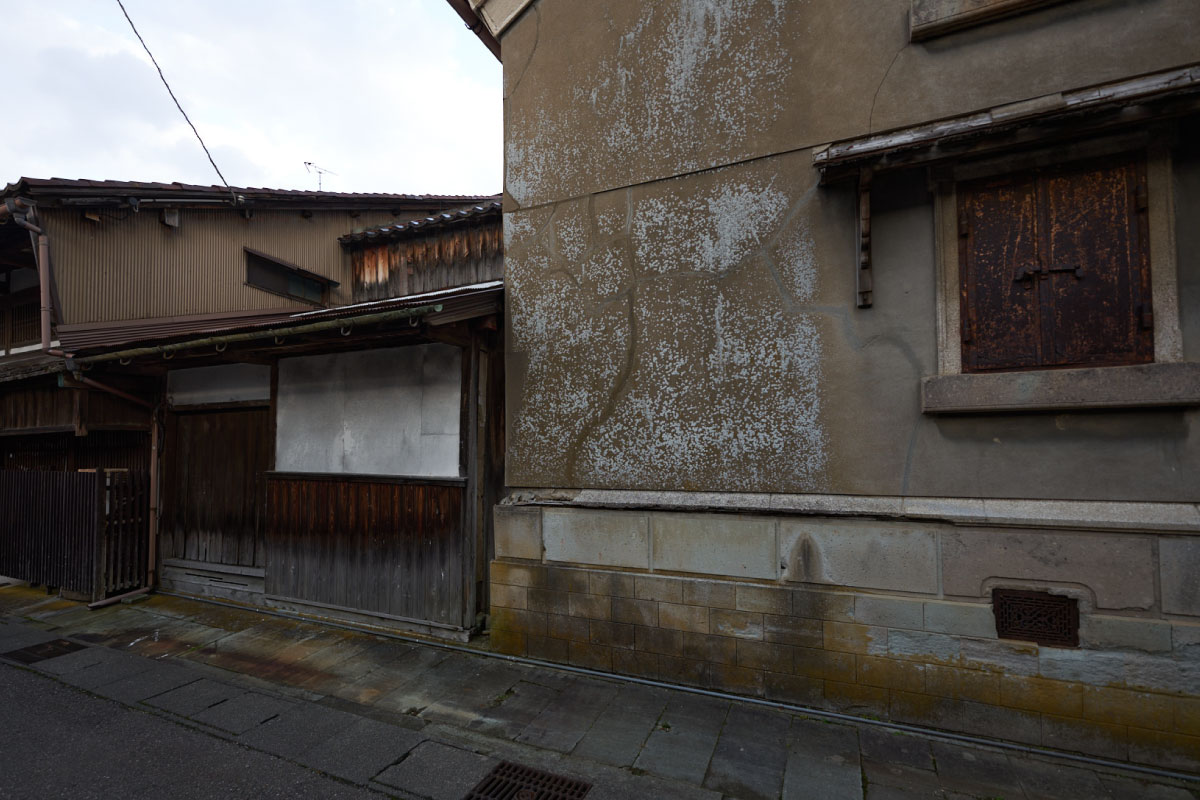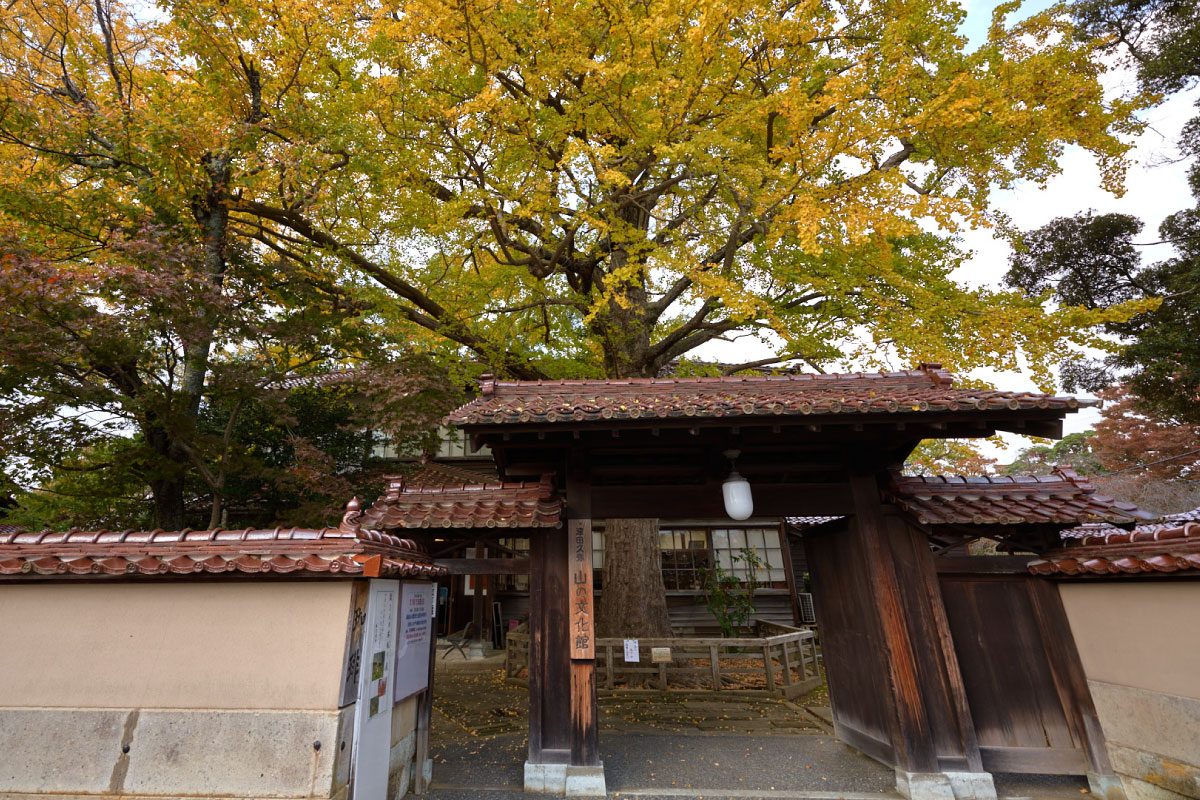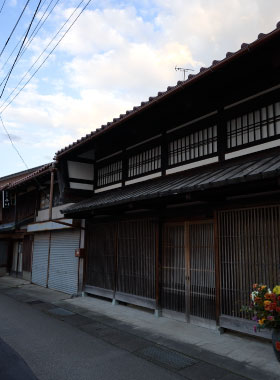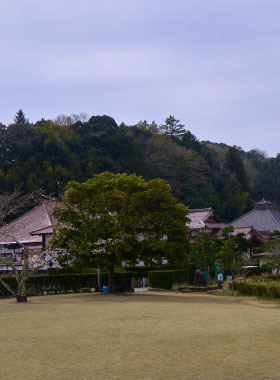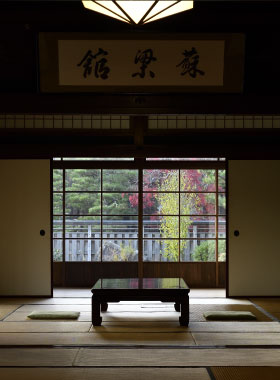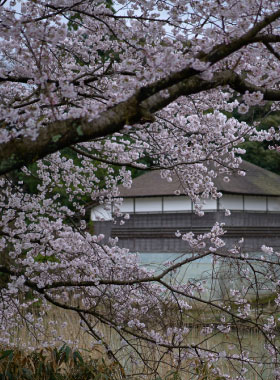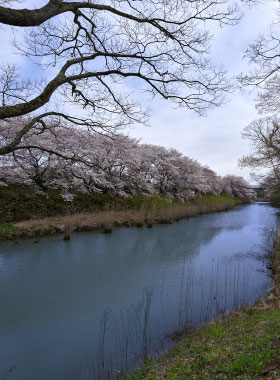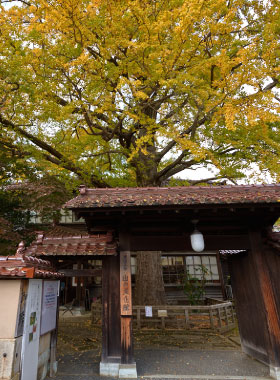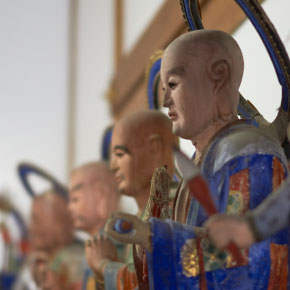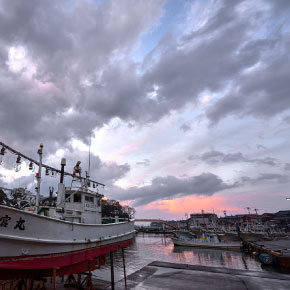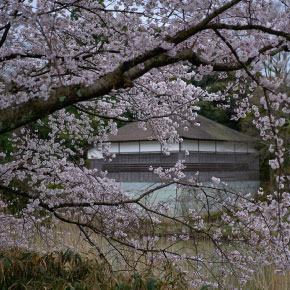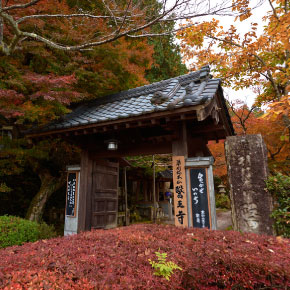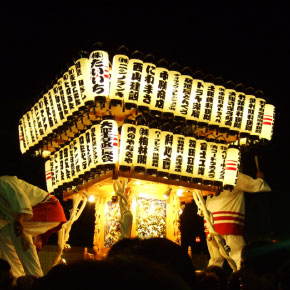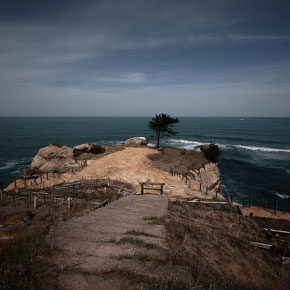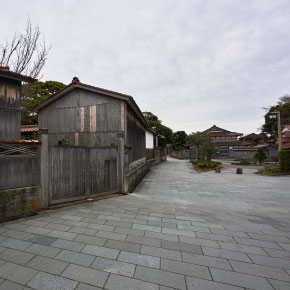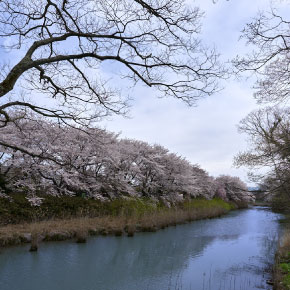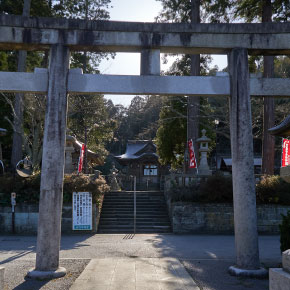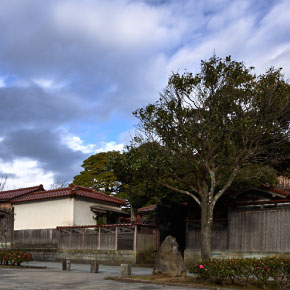A Peaceful Waterscape
The castle town of Daishoji straddles the banks of its eponymous river which meanders its way through the area. Its banks are decorated with cherry blossom trees. When these bloom, in the spring, the riverscape becomes flush with pink and is reminiscent of the beautiful, delicate landscapes of ancient Japanese paintings. In the autumn, the changing of the leaves brings a rich vibrance to the waterway. Deep red and gold hues encase the river and reflect off its surface.
An amble along the paved paths and wooden boardwalks that follow the river’s twists and turns instils a deep sense of peace. Daishoji’s centre and main road are a street away, but by the river’s edge there is nothing to be heard but the gentle babble of water and the distant tweet of a bird.
A Place of Historical Significance
Daishoji is an Edo period (1603-1868) town that was once the southern branch of the powerful Kaga Domain, based out of Kanazawa Castle. Today, vestiges of this history are scattered about the town which seamlessly blends the modern and the ancient. Contemporary amenities line its main thoroughfare, but in Daishoji’s quaint side streets and parks is where its heritage lives and breathes.
Relics of a Bygone Era
The Yamanoshita Temples Area is one such example of this. A long, quiet street lined by a series of ancient temples and shrines, Yamanoshita is bursting with history. It was once a thriving religious district, cultivated and stewarded in the Edo period (1603-1868) by the lords of the Daishoji clan.
At one end of the Yamanoshita Temples Area stands the grand Soryokan. Soryokan, meaning ‘beam’ and ‘restore’, was once the home of a wealthy shipping magnate from the Kitamaebune era. It is an opulent building having been relocated and constructed from the finest materials of the time. Beams and pillars made from Japanese zelkova and pine wood are a nod to the wealth that the Kitamaebune trading route brought to the area. A rock garden runs the length of the Soryokan on one side which, in its minimalism, resembles a beautiful contemporary art exhibit.
Zenshoji Temple, situated halfway along is one of the notable temples of the district. An arresting display of hundreds of rakan (disciples of Buddha) sculptures watch visitors from inside a secondary building. Each figure has its own unique facial expression and gesture, entirely different to that of its neighbour, which makes for a truly fascinating spectacle.
Further along the road, a Shinto shrine complex is tucked into the landscape at the foot of the forest. Here, a number of small shrines are gathered, competing with the forest’s creeping undergrowth. Protruding sunlight dapples on the trees and moss-encrusted stones and weather-worn statues expose the age of the place. Since it is raised up from the main pathway, the complex offers views across Daishoji’s townscape to the misty ridges on the horizon.
Beyond the temples district sleepy streets criss-cross one another, some running alongside trickling tributaries of the Daishoji River. Enuma Shrine, set back in a quiet corner between river and hillside, has a small but enchanting garden. A path leading around the back of the main building passes through a charming landscape of shrubbery and mossy stones, over quaint bridges and pebbly trails.
Connections to The Arts
Originating in the Kaga City area, and the main industry of the Daishoji clan, Kutani-yaki is one of the leading kinds of porcelain in Japan. The Kutaniyaki Art Museum houses a wealth of old and modern examples of Kutani-yaki. Here, visitors can witness the exquisite ceramics in their many decorative styles, as well as understand the interesting history of Kutani-yaki. With a tea salon that overlooks a pretty garden, the museum is a tranquil haven in which to learn a little about Kaga’s artistic roots.
Situated just over the river from the main town is a beautiful, Meiji era (1868-1912) house dedicated to writer and mountaineer, FUKATA Kyuya (1903-1971). This memorial museum celebrates his numerous expeditions and serves as an exchange space for hikers, climbers and general nature enthusiasts.
A Sumptuous Specialty
Kaga is known for its delectable sakaamigamo, or wild duck, which attracts attention from food-lovers and world class chefs alike. A 300-year-old traditional method of catching wild ducks in nets has been passed down the generations and is still employed today. The method ensures high quality and flavoursome duck meat which can be sampled in some of Daishoji’s excellent restaurants. It is often served in the form of jibuni, a delicious, dashi-based stew specific to the Ishikawa region.
